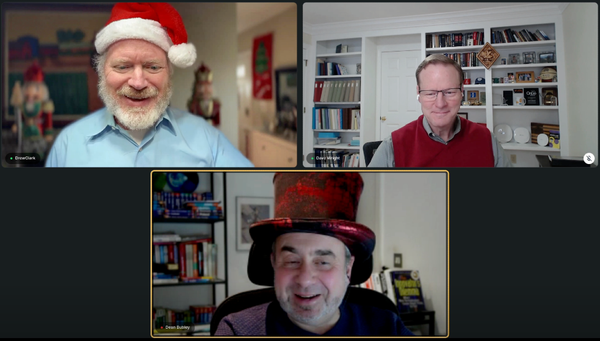Open Access Networks Key To Affordability Question, House Committee Hears
The House Energy and Commerce committee heard arguments that open access to networks is crucial for competition and affordability.
Benjamin Kahn

May 10, 2021—At a Thursday House Committee on Energy and Commerce hearing on broadband equity to address disparities in access in affordability that communities face across the country, panelists said that open access networks were important to the discussion.
Chris Lewis, CEO of Public Knowledge, a Washington-based non-profit that advocates for consumer rights and education, argued that open access networks improve competition by lowering the barriers to building much of the infrastructure necessary to sustain a network.
“When those networks are open, any provider can use that infrastructure to offer services. This allows providers to save on [cost], and hopefully see lower prices [for consumers],” Lewis explained. He added that when open access infrastructure is available and a certain baseline level of service is established, companies can then focus on other areas of competition.
“Once a provider does not have a monopoly on a territory, they really have to compete for the attention and the loyalty of consumers,” he added. Lewis gave the example of customer service and responsiveness as an area that broadband providers could focus with the resources that they save from not having to establish their own infrastructure.
Francella Ochillo, executive director of Next Century Cities, said by establishing open access networks that are owned by a municipality, citizens are investing money into their local economy.
Ochillo argued that by giving the community equity in the project, a natural incentive for further improvement would arise. She described the plight of low-income areas that have suffered from decades of disinvestment, and then described the benefits of open access infrastructure.
“It’s so important that the city intervene and provide affordable service that’s actually equivalent to the service that other people would get,” Ochillo said.
Internet speed standard debate
Ochillo added that stopping at the current standard for broadband—25 Megabits-per-second download and 3 Megabits-per-second upload—does not go far enough. She advocated for the 100 Mbps symmetrical service that Federal Communications Commission Acting Chairwoman Jessica Rosenworcel has also spoken in favor of.
Ochillo argued that this kind of competitive service would be what would drive investment and meet the future broadband needs of the next generation.
Not all the witnesses shared Ochillo’s vision for the future, however. George Ford, an economist for the Phoenix Center for Advanced Legal and Economic Public Policy Studies, said that 100 Mbps symmetrical service is not consistent with how consumers use broadband. He went further, arguing that the push for symmetrical service is motivated by fiber companies—though he stopped short of calling it marketing spin.
“If you have a [symmetrical definition of broadband]—particularly in 100/104/a gig—you’re basically saying the only broadband is fiber broadband,” Ford said. Ford later added that this change in definition is concerning to him because he believes that communities that are currently unserved will be lumped into the same category as those who simply have anything less that 100 Mbps symmetrical service, and will have to wait even longer to be served.
Ochillo added that addressing affordability and reliability are only a part of the solution, and that digital literacy is equally important.
“I want to point out this isn’t just about the economics of making sure that that person is trained, it’s making sure that they actually have a digitally literate household because that has a generational impact on the opportunities that everyone that they touch, has.”









Member discussion